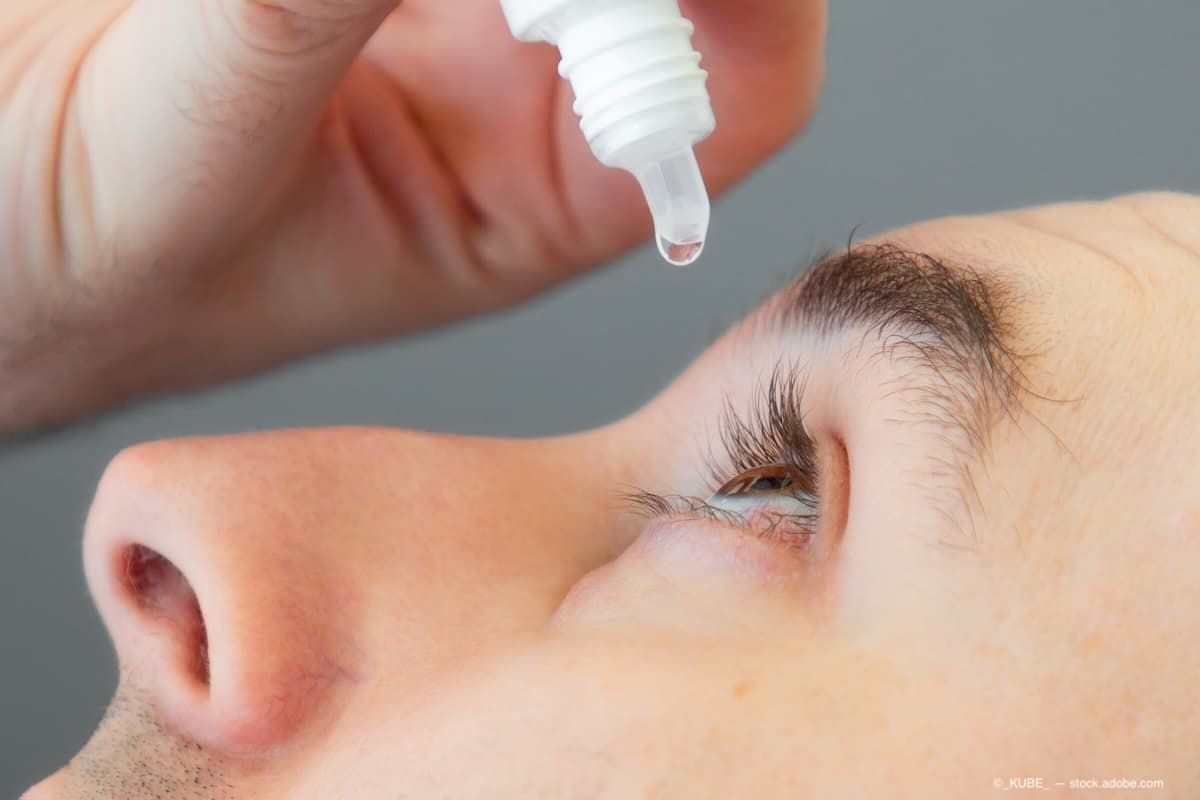Video
Introduction and overview of dry eye
Marguerite McDonald, MD: Hello, and welcome to this Ophthalmology Times® and Optometry Times® Viewpoint, “Advancement in the Management of Dry Eye.” I’m Marguerite McDonald, an ophthalmologist from Manhasset, New York. Joining me in this discussion are my colleagues Dr Eric Donnenfeld, an ophthalmologist from Garden City, New York; Tracy Swartz, an optometrist from Huntsville, Alabama; and Crystal Brimer, an optometrist from Wilmington, North Carolina. Today we’re going to discuss a number of topics pertaining to dry eye, including the diagnosis and clinical manifestations, traditional treatment options, and the potential new agents on the horizon. Let’s get started on our first topic.
First, we’ll talk about an overview of dry eye disease. Eric, if you could start, how is dry eye disease defined?
Eric Donnenfeld, MD: Dry eye disease has many definitions, but essentially it’s an abnormality of the tear film that affects the quality of the tears, and it’s been associated with hyperosmolarity as well as a change in the consistency of the tears, and it can affect any of the layers of the tear film. It can be the mucin layer, the aqueous layer, or the lipid layer. All 3 components of the tear film are commonly involved in dry eye disease.
Marguerite McDonald, MD: How common is it? Do we have any good numbers on this?
Eric Donnenfeld, MD: Dry eye disease is extremely common. As a matter of fact, it’s arguably the single most common reason why patients come into an optometrist or an ophthalmologist office. Medicare numbers have proven that. But the studies that have looked at that are studies like the Salisbury Eye Evaluation study, the Melbourne, Australia Study, the Beaver Dam Offspring Study, all show between 14% and 15% incidence of dry eye. It’s probably underdiagnosed, but it’s been suggested that maybe 1 in 7 people in the United States suffers from dry eye disease. It’s more common in women, but it affects men as well. It’s more common in older patients, but it affects young people as well. It’s associated with several systemic diseases. We know it’s very common in collagen vascular disease, and that includes thyroid disease, lupus, and rheumatoid arthritis. It’s also very common in patients who have diabetes. It’s seen after surgery very commonly. It’s almost ubiquitous.
The problem with dry eye is that it’s an epidemic in the United States, and there are a variety of reasons. Notably, it’s nutritional. We’ve changed our nutritional status: We’re eating less omega-3s and more saturated fats. It’s also associated with screen time. People don’t blink as much because they’re looking at screens. The lack of blinking doesn’t allow the meibum to flow through to the tear film. I won’t belabor it anymore, but dry eye is a public health concern. It’s extremely common, it affects quality of vision and quality of life and it’s 1 of the most underserved areas in eye care professional disease.
Marguerite McDonald, MD: Absolutely.
Marguerite McDonald, MD, Eric Donnenfeld, MD, Tracy Swartz, OD, MS, FAAO, and Crystal Brimer, OD, FAAO, discuss a number of topics pertaining to dry eye, including the diagnosis and clinical manifestations, traditional, treatment options, and the potential new agents in the horizon.




